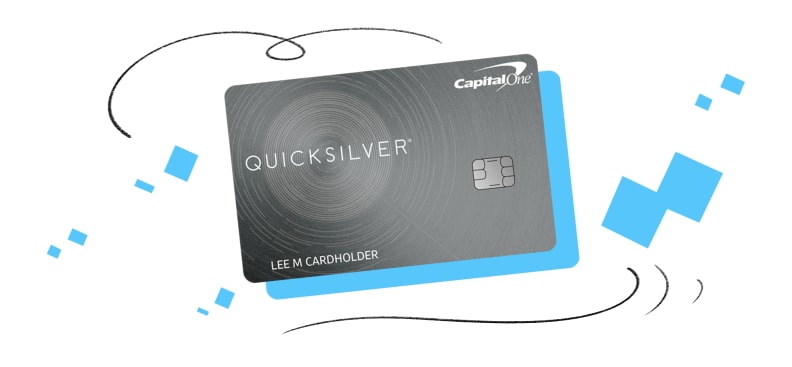If you frequently travel abroad, you’ll save a lot on your trip if you have a credit card that doesn’t charge foreign transaction fees, and the Chase Sapphire Reserve® is our top pick for this category. There is a $550 annual fee, however, the $300 annual travel credit, along with a few other perks, can make this card worth the cost.
Points: Chase created a proprietary reward system called Ultimate Reward points. The Sapphire Reserve® card offers 3 Ultimate Rewards points per dollar spent on all travel and dining purchases after you receive your $300 travel credit, and 1 Ultimate Reward point per dollar spent on everything else.
The points can then be used to book hotels, cruises, car rentals, vacation rentals, and tourist activities directly through Chase’s travel portal at a rate of 1.5 cents per point ($0.015). For additional flexibility, points can also be transferred to partners like Hyatt and United Airlines. Or for a rewards boost, travelers can use their card to book excursions through the Chase portal and rack up 10 points per dollar on dining, hotel stays, and car rentals, and 5 points per dollar on flights.
It's also possible to earn 60,000 bonus points if you spend $4,000 on purchases in the first 3 months of opening an account. That translates to $900 that can be used towards travel costs when redeemed through the Chase Ultimate Rewards program.
Perks: The Chase Sapphire Reserve® offers purchase protection (basically, insurance for your purchases) and extended warranty protection (to extend the manufacturer's warranty for items you purchase) that may come in handy when purchasing kitchen appliances, televisions, and other big-ticket items.
It also offers primary car rental insurance coverage up to $75,000 in physical damages or theft, meaning you don’t have to pay extra for the car rental company’s insurance, and if something happens to your rental car, you won’t have to make a claim to your own insurance policy first.
You’ll benefit from trip delay coverage, trip cancellation coverage, and lost and damaged baggage coverage. What’s more, the Sapphire Reserve offers a $300 annual travel credit, where the first $300 in travel purchases (from taxi fares to hotels to flights) made on your card each year will be refunded via a statement credit, effectively reducing the annual fee to $250.
As you’d expect with a premium travel card, You'll also receive a TSA PreCheck or Global Entry application fee credit (a $85 or $100 value) every four years, and a Priority Pass Select Membership, giving you access to more than 1,300 airport lounges across the world.
















